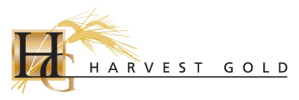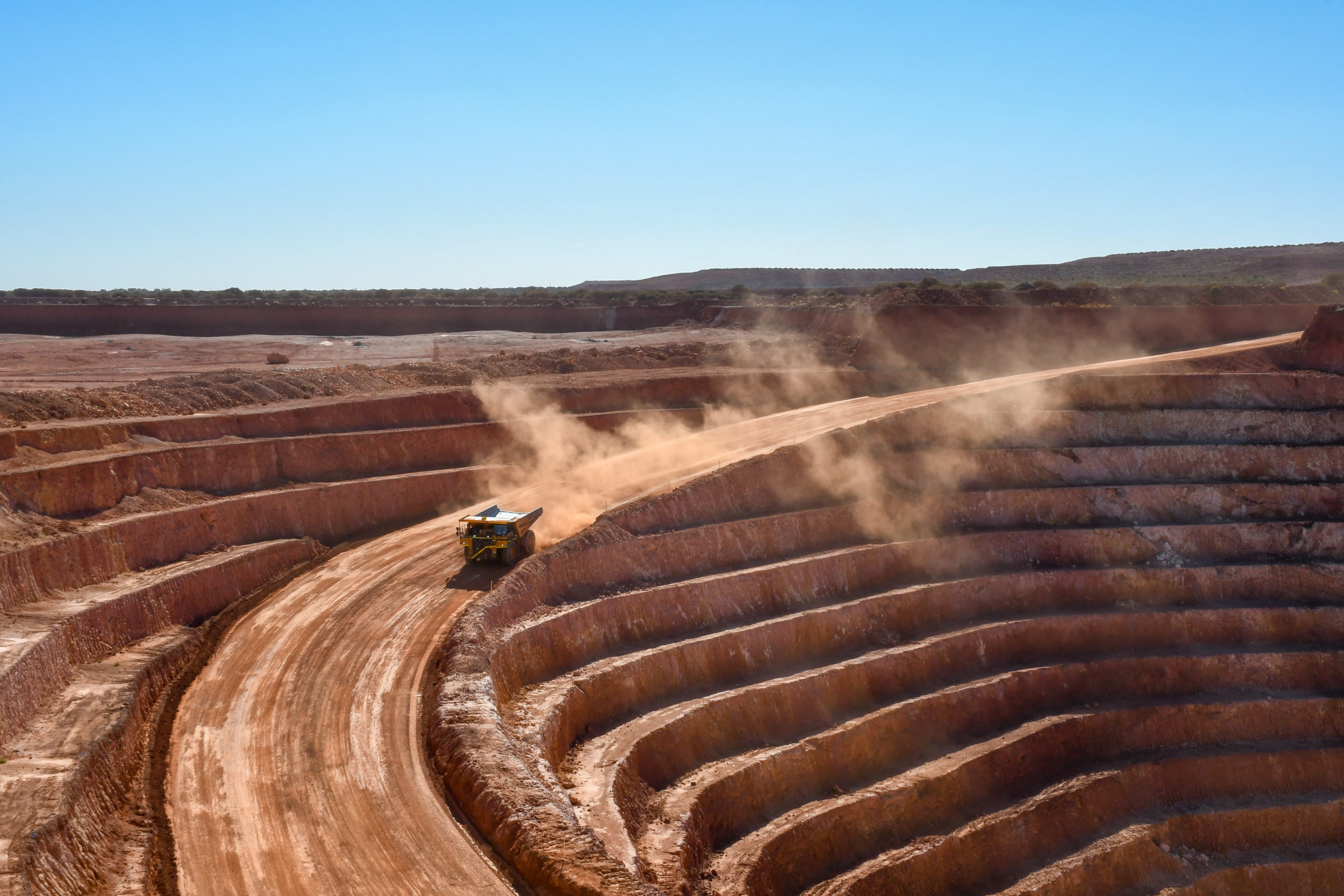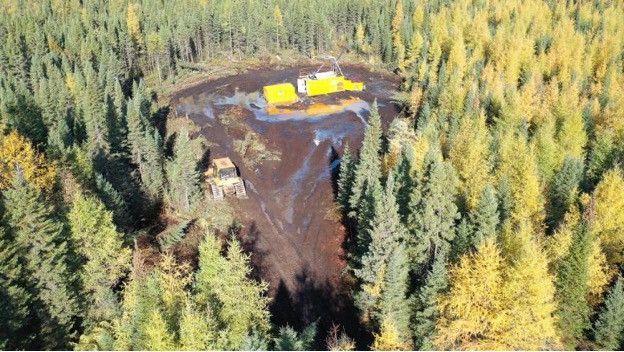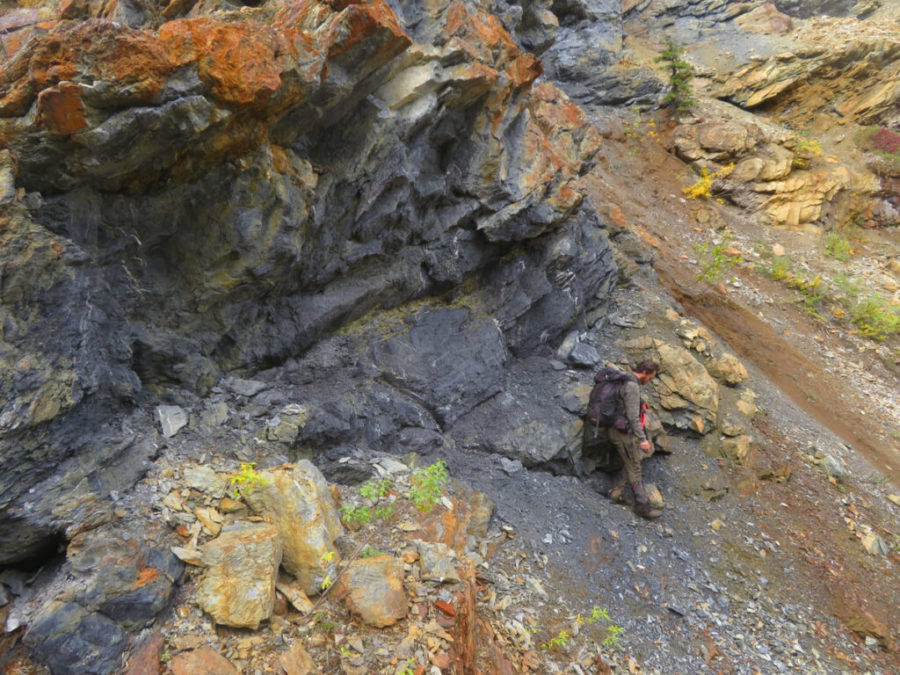Fertilizer giant Nutrien takes top spot

The Rocanville potash mine. CREDIT: NUTRIEN
The merger of Potash Corp. and Agrium, which became official at the beginning of 2018, resulted in the formation of Nutrien. The world’s largest fertilizer company – and No. 1 miner on CMJ’s Top 40 list, the post-merger Nutrien is continuing to evolve and grow.
“We created an integrated agricultural company, so right from the ground – mining of the material, making natural gas, making urea and ammonia fertilizer – all the way through to the farm,” said Chuck Magro, president and CEO of Nutrien, in an interview in July.

Chuck Magro, president and CEO of Nutrien.
“That’s what’s really unique about the company,” he added. “We don’t really start with mining or our production or our products. We always start with the farmer and work backwards to whatever a farmer needs to grow a crop.”
Nutrien is the world’s largest potash producer with about 20% of the global market share, operating six mines in Western Canada.
“In Canada we are blessed to have some the highest-quality, lowest-cost reserves in the world,” Magro said. “Our shareholders have invested nearly $10 million in the past decade to grow our capacities to meet the demand.”
Potash continues to be in high demand, but during the last cycle, there was an oversupply in the market. According to Magro, the market is now in a fragile state of recovery.
“Our demand has grown consistently between 2.5 and four per cent per year, because it’s backed up by an ever-increasing demand for food,” Magro said.
Demand for potash is driven by the increasing population of the world – from around 7.5 billion people today and headed toward 9.5 billion people by the year 2050, Magro said.
“The demand for potash is directly correlated to these macro trends of increasing population and wealth. The middle class on the planet is expanding and they want to eat healthier, more nutritious food, and that’s where potash comes in.”
The demand for nitrogen and phosphate is similarly strong and growing.
“When things were very good, all of the industry built more nitrogen and phosphate capacity,” Magro said. “They are growing at a little lower rate than potash, but the demand growth has been good on all of those products, and the market is still improving and recovering from the oversupply.”
Even with strong demand for its product, Nutrien is not resting.
The company has made significant business changes since the merger closed in January 2018.
“When we announced the merger, we set a synergies cost target of $500 million,” Magro said. “We’ve exceeded that. After the first quarter in 2019, we delivered $620 million.”
The savings were found through the pooling of purchasing power and lowering transportation costs.
“The second highest cost after making it is moving it to our customers.” Magro said. “There was a lot of supply chain logistics savings, by consolation of distribution points, looking for better freight and trucking rates, and also looking at our network. Now we’ve optimized which plants supply which customers.”
The company plans to continue to help farmers succeed by, for example, making environmentally friendly products.
“It’s a really important goal for Nutrien to reduce our carbon footprint,” Magro said. “We now have a nitrogen product that is coated with a special polymer that ensures that the nitrogen is always sent to the crop when the temperature and moisture conditions are optimized.”
Digital adoption
Changes are also being made to the mining part of the business with the introduction of new digital technology.
“With the advances today in robotics, sensor technology, big data analytics, there is a big push in our potash mining business to improve optimization of our underground mining, because it’s safer,” Magro said.
“The more we can get technology involved in the more hazardous parts of our operation, the safer it is. But it will also improve reliability in production efficiencies.”
The changes in underground mining include the introduction of electric vehicles, which make up a significant portion of Nutrien’s mining vehicle fleet.
“We are moving our fleet away from carbon-based fuel sources to more electric vehicles, because they are safer equipment when they are underground,” Magro said.
Nutrien’s six potash mines in Canada have more production capacity to be utilized, so there are no plans to open any new mines.
“In our potash business, we have 18 million tonnes of production capacity and we are only running our operation at 13 million tonnes,” Magro said. “So, there’s five million tonnes of inherent capacity. We can go beyond the 18 million tonnes in the six mines. We have already pre-invested to drive a lot more potash production out of Western Canada as the market requires it.”
Magro notes that if more production is needed beyond the 18 million tonnes, Nutrien will invest in more mining machinery, above ground equipment and mill capacity.
Beyond that, the company will let its customers guide its future offerings.
“We are always looking for new products and services,” Magro said. “We are always looking to our product portfolio, to see where we can find products that will help farmers.”





Comments